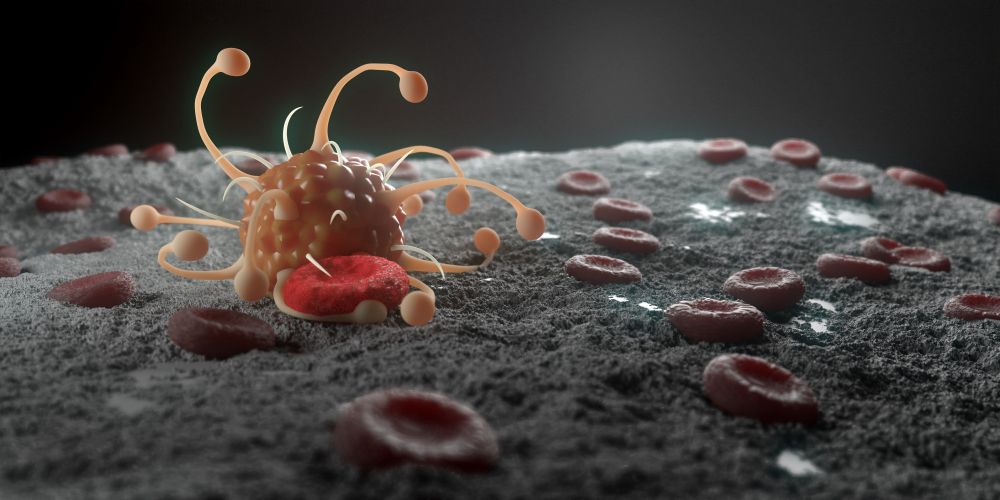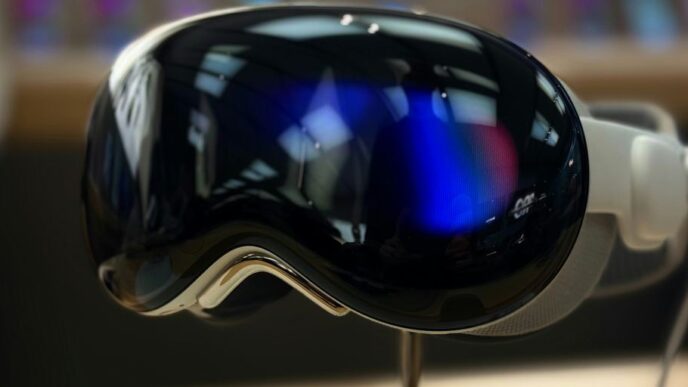The global Organoids and Spheroids Market size are projected to surpass USD 1 billion by 2030, expanding at a CAGR of 8.3% during the forecast period, 2022–2030. This growth is attributed to the increasing demand for cell therapy and tissue engineering.
What is an Organoid?
An organoid is a minuscule replica of a human body organ, produced in the laboratory under an artificially created environment for research and medical use.
Organoids Definition: A miniaturized and simplified organ form, produced in vitro in three dimensions (3D) which shows realistic micro-anatomy, is identified as an organoid. Organoids are considered a highly important breakthrough in healthcare, as they can be grown and recreated in laboratories for research purposes.
What is a Spheroid?
Spheroids are simple clusters of broad-ranging cells, such as from tumor tissue, embryoid bodies, hepatocytes, nervous tissue, or mammary glands. They don’t require scaffolding to form 3D cultures; they do so by simply sticking to each other. However, they can’t self-assemble or regenerate and thus aren’t as advanced as organoids.
How are organoids generated?
Organoids are three-dimensional tissue cultures that are grown from stem cells. For generating organoids accurately, a specific environment needs to be created in the lab for stem cells, which enables them to follow their in-built genetic sequence to take form in the defined structure.
The structure is as tiny as the width of a hair or about five millimeters, which means researchers have to be highly careful and focused when working on organoids. With the help of cell-culturing technology, it is possible for scientists to generate an organoid of any human body organ, such as the heart, brain, kidney, lungs, and liver. Moreover, 3D organoid culture models are an advanced bioengineering technology that can help in the development of new and effective therapies for cancer-like life-threatening diseases.
Get a Free Sample Report @
https://growthmarketreports.com/request-sample/184
Trends in 3D Cell Culture: Organoids and Spheroids
3D cell culture is an artificially created environment to enable the growth or interaction of biological cells with their surroundings. The current trends in 3D cell culture are Organoids and Spheroids. They are the compositions of multiple cells in a three-dimensional format. Both of them can be useful in 3D cell research but their applications are different as they are made differently.
Organoid vs. Spheroid
So, how are Organoids different from Spheroids? The simple answer is, Organoids are mainly complex clusters of organ-specific cells, such as the liver, bladder, or stomach. On the other hand, Spheroids are a simple cluster of wide-ranging cells that are present in embryoid bodies, tumor tissue, mammary glands, or nervous tissues.
Furthermore, the 3D culture condition is the major factor in the growth of Organoids and Spheroids. Organoids are generated from progenitor or stem cells, which self-assemble when they are provided with a scaffolding extracellular environment. While Spheroids do not need scaffolding to assemble in 3D cultures, they are formed by simply sticking to each other. Spheroids cannot self-assemble or regenerate which is why they aren’t considered as advanced as organoids.
Know More @
https://growthmarketreports.com/report/organoids-and-spheroids-market-global-industry-analysis
Clinical Applications of Organoids and Spheroids
Organoids and Spheroids offer plenty of opportunities in healthcare advancements as they enable generating of exact miniature 3D models of human organs. Their demand for 3D models in healthcare is mainly for the below applications:
A] Modeling Neoplastic Disease with Spheroids and Organoids:
Cancer is a complex disease, as its growth depends on genetic defects as well as microenvironmental factors. Researching and finding the cause and effective treatment for the disease is very difficult due to the dynamic nature of the disease. However, with the advancement in Organoids and Spheroids, it is possible to effectively study cancer biology, as they have the capability to recapitulate the heterogeneity and pathophysiology of cancers in human body organs.
B] In Metabolic Disease Research:
Metabolic diseases such as cardiovascular diseases, diabetes mellitus, and obesity are major concerns across the world. However, understanding the mechanism behind these diseases is hard owing to the lack of appropriate human organ model systems. With the applications of organoids in metabolic research, it is possible to replicate the physiological, histological, and molecular properties of human organs, which enables the effective study of mechanisms behind metabolic diseases.
C] Regenerative Medicine:
They can be used as regenerative medicine. Transplantation of organoids and spheroids generated from the adult stem cells helps in replacing the damaged organ or tissue.
Key Insights
- Advancement in Organoids and Spheroids is enabling healthcare researchers to develop effective treatments in tackling life-threatening diseases such as Cancer.
- In terms of Organoid vs. Spheroid, Organoid has the upper hand as they offer a more realistic method in researching various diseases in humans.
- Growing demand for cell therapy and tissue engineering is driving the need for Organoids and Spheroids in the biotechnology industry.
- 3D Biomatrix, 3D Biotek LLC, AMS Biotechnology (Europe) Limited, Corning Incorporated, ATCC, Cellesce Ltd. Greiner Bio-One, and HubrechtOrganoid Technology (HUB) are some of the key players in the industry.













